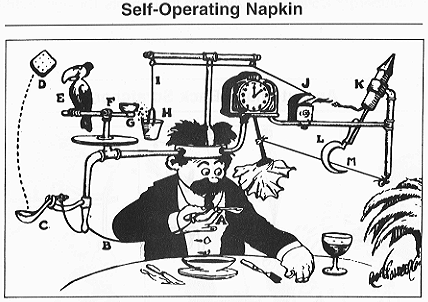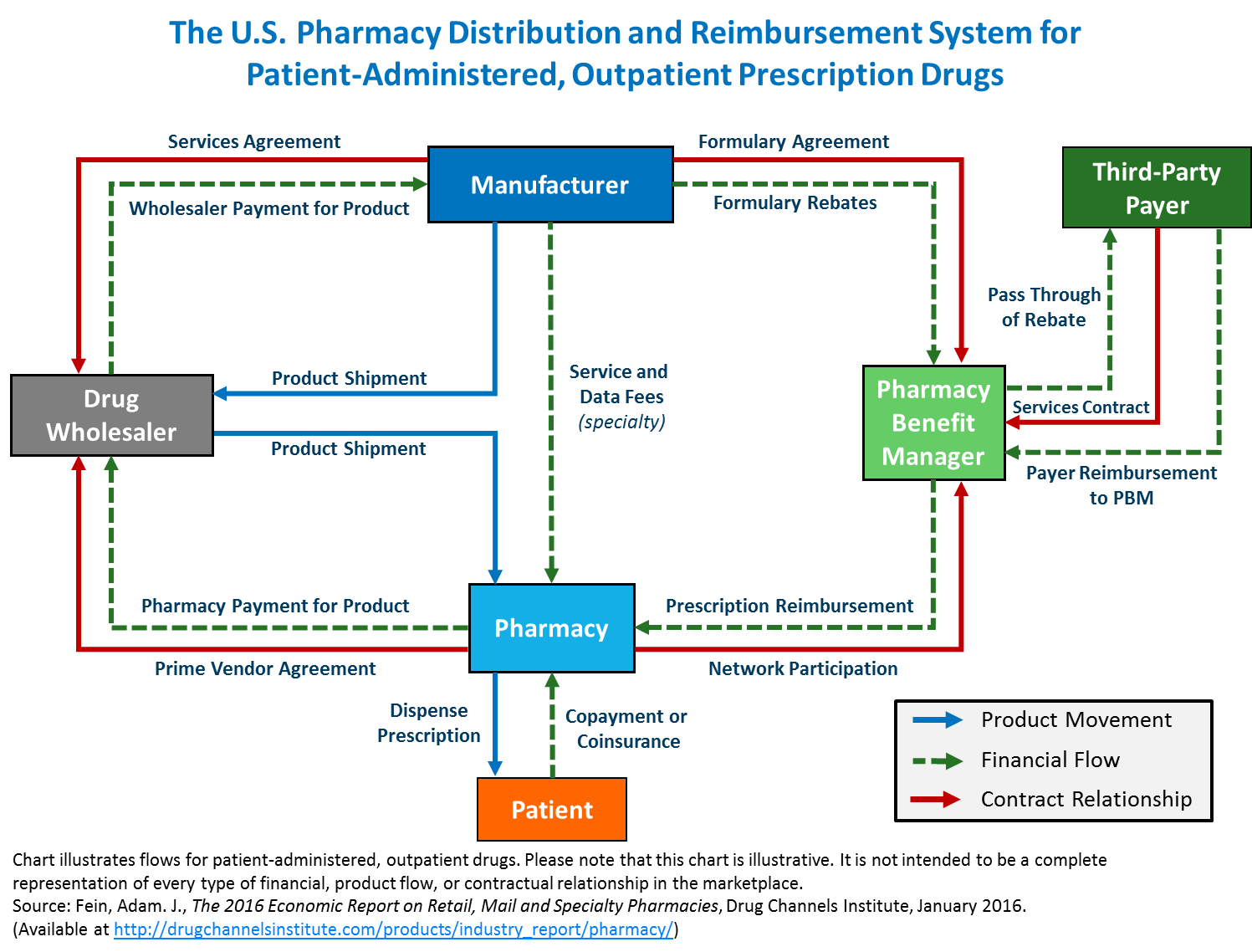Can Medtronic Retake Automated Pump Market? was reported by Sara Seitz for InsulinNation.com, 16 April 2020. With true artificial pancreas and more accurate sensors, Medtronic has the potential to resume leadership of the closed-loop pump market
The first product set to be released is Medtronic’s answer to the superior algorithm used in the Dexcom compatible automated pump systems. Much like the current 670g system, this advanced hybrid closed loop (AHCL) will use predictive values from the integrated sensor to adjust basal rates to keep blood sugar stable. But unlike the 670g (and much more like the Dexcom loop) this system will also be able to deliver corrections for missed meal boluses or undercalculated carb ratios. Importantly, and unlike anything currently on the market, the AHCL system will target a goal blood sugar of 100 mmol/l rather than the current 120 mmol/l of the 670g and 110 mmol/l of the Tandem system. The AHCL system will also have Bluetooth capabilities, making it possible to read and control the pump via a phone app.

The second product in development is the Personalized Closed Loop (PCL). Like all current auto-mode enabled systems, this one will adjust basal rates based on predicted CGM values. It will also be able to self-correct for times of high activity without users needing to set a manual temporary basal rate. With these features, the PCL has the potential to become the first true artificial pancreas system and would likely have a huge impact on the quality of life for millions of people living with type 1 diabetes. In addition to greatly reducing the burden of diabetes management, the PCL system is set up to achieve greater than 85% time spent in range. It will also allow the user to set customizable blood sugar goals. Like the 780g system, this one will be Bluetooth enabled and compatible with a phone app. The PCL system has received the FDA’s Breakthrough Device designation, which will allow Medtronic to move the product through the approval process more quickly than traditional devices. The company hopes to have the system available to patients as early as 2021.
The first to be released will be the GS3 sensor which is currently undergoing FDA approval to be marketed as non-adjunctive, which means that treatment decisions can be made based on the readings given by the CGM. Like the current generation Guardian sensor, the GS3 will still require multiple daily calibrations. However, Medtronic hopes to reduce this drawback with the release of the Zeus sensor in 2021.
-
- will be a 7-day wear sensor, but it will only require finger-stick calibrations on the first day of use.
- While this still does not achieve the “calibration-free” designation of Dexcom’s latest sensor, it is a huge improvement over the current recommended three to four calibrations a day for the Guardian sensor.
Following the release of Zeus, Medtronic hopes to simplify its sensor even further by offering a disposable form that will be released under the name Synergy. In addition to only requiring once-per-day calibrations, it will also be half the size, easier to insert, and will not need over-taping such as the current models require. The Synergy disposable sensor is expected to be released in 2022.
In addition to some big improvements in their sensors, Medtronic is also hoping to launch an extended wear infusion set that could potentially be worn twice as long as current sets on the market. The most recent clinical trials for this new product showed sets were still performing at over 80% after seven days of use. This is similar to the effectiveness of current sets after only three days of use.
Read more: Can Medtronic Retake Automated Pump Market?
Preventing Type 1 diabetes by deleting a stress response gene was written by Arlene Weintraub for FierceBiotech.com, 27 March 2020.
 Scientists at the University of Wisconsin (UW)-Madison are proposing a new approach to preventing Type 1 diabetes: by deleting a gene in beta cells that controls the response to stress. When they removed the gene, called IRE1-alpha, in the beta cells of mice, the cells changed into mature insulin producers. More importantly, T cells stopped attacking them. They reported their findings in the journal Cell Metabolism.
Scientists at the University of Wisconsin (UW)-Madison are proposing a new approach to preventing Type 1 diabetes: by deleting a gene in beta cells that controls the response to stress. When they removed the gene, called IRE1-alpha, in the beta cells of mice, the cells changed into mature insulin producers. More importantly, T cells stopped attacking them. They reported their findings in the journal Cell Metabolism.
 Several research groups are investigating the potential of using gene therapy and gene editing against Type 1 diabetes. They include the University of Pittsburgh School of Medicine, which in 2018 reported progress in its effort to transform alpha cells from the pancreas into insulin-producing beta cells by using an adeno-associated viral vector to deliver two proteins into the pancreas. CRISPR Therapeutics is working with ViaCyte to develop gene-edited stem cell treatments for diabetes. Last year, a research team in Korea used a technology called CRISPR interference against obesity and Type 2 diabetes, inhibiting the gene FABP4 in adipose tissue. In mice, the technique prompted a 20% loss of body weight and reduced insulin resistance. (BTW, this was the LEAST complicated graphic!)
Several research groups are investigating the potential of using gene therapy and gene editing against Type 1 diabetes. They include the University of Pittsburgh School of Medicine, which in 2018 reported progress in its effort to transform alpha cells from the pancreas into insulin-producing beta cells by using an adeno-associated viral vector to deliver two proteins into the pancreas. CRISPR Therapeutics is working with ViaCyte to develop gene-edited stem cell treatments for diabetes. Last year, a research team in Korea used a technology called CRISPR interference against obesity and Type 2 diabetes, inhibiting the gene FABP4 in adipose tissue. In mice, the technique prompted a 20% loss of body weight and reduced insulin resistance. (BTW, this was the LEAST complicated graphic!)
UW’s Engin previously worked at Harvard University, where she discovered that the naturally occurring chemical tauroursodeoxycholic acid could be used to correct a stress response in cells that contributes to both Type 1 and Type 2 diabetes. She believes her latest findings related to IRE1-alpha could also be used to identify new compounds that might prevent or treat Type 1 diabetes.
Follow the Dollar: The U.S. Pharmacy Distribution and Reimbursement System is a great review to help us understand how money and product flow in the U.S. pharmacy distribution and reimbursement system for patient-administered, outpatient prescription drugs.
 It looks like something dreamed up by Rube Goldberg. If you don’t know who he was: Today’s blog post is dedicated to Rube Goldberg. He was known for the Rube Goldberg machine—”a contraption, invention, device or apparatus that is deliberately over-engineered to perform a simple task in a complicated fashion, generally including a chain reaction.” In other words, Mr. Goldberg is the patron saint of the U.S. healthcare system. This was originally published in Collier’s, 26 September 1931.
It looks like something dreamed up by Rube Goldberg. If you don’t know who he was: Today’s blog post is dedicated to Rube Goldberg. He was known for the Rube Goldberg machine—”a contraption, invention, device or apparatus that is deliberately over-engineered to perform a simple task in a complicated fashion, generally including a chain reaction.” In other words, Mr. Goldberg is the patron saint of the U.S. healthcare system. This was originally published in Collier’s, 26 September 1931. 
This complex system, illustrated below, contains three key channel flows that we discuss in The 2016 Economic Report on Retail, Mail, and Specialty Pharmacies:
- Product movement, which traces bulk shipments from pharmaceutical manufacturers to the drug wholesalers that supply pharmacies. A pharmacy marks the final step in which a prescription is dispensed to a patient.
- Financial flows, which transfer money from third-party payers to Pharmacy Benefit Managers (PBMs), who in turn reimburse pharmacies. Funds flow to manufacturers via pharmacies, which purchase drugs from wholesalers. Funds flow from manufacturers in the form of rebates to PBMs, which share a portion of these payments with plan sponsors, reducing net prescription costs. Manufacturers’ rebates to PBMs and other third-party payers do not flow through wholesale or retail channels.
- Contractual relationships, which govern the relationships between: 1) payers and PBMs; 2) PBMs and pharmacies; 3) pharmacies and wholesalers; 4) wholesalers and manufacturers; and 5) manufacturers and PBMs.

Read more: Follow the Dollar: The U.S. Pharmacy Distribution and Reimbursement System

